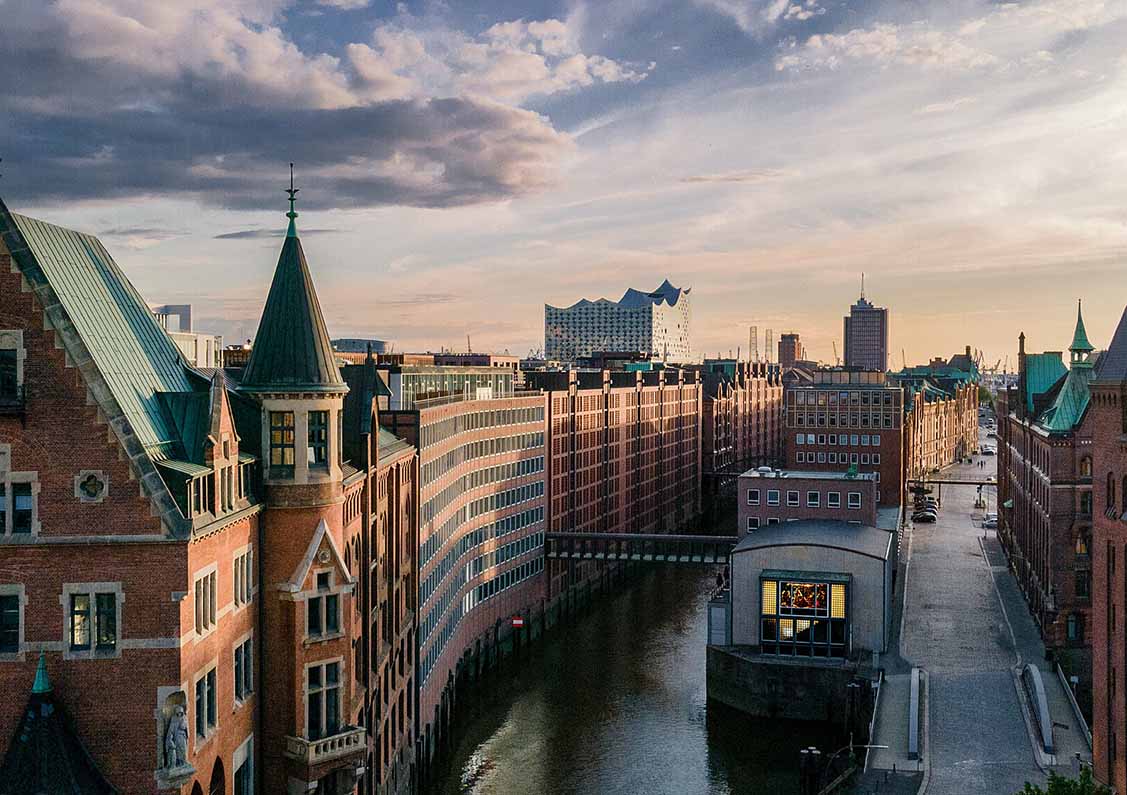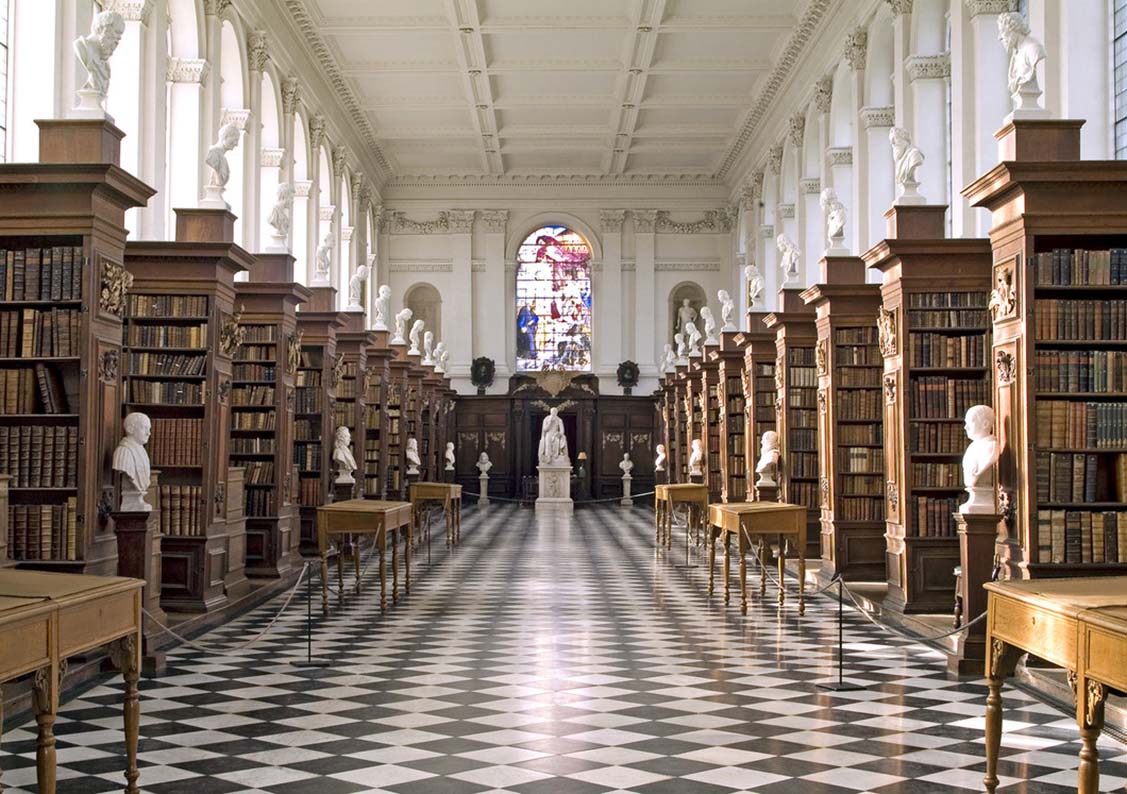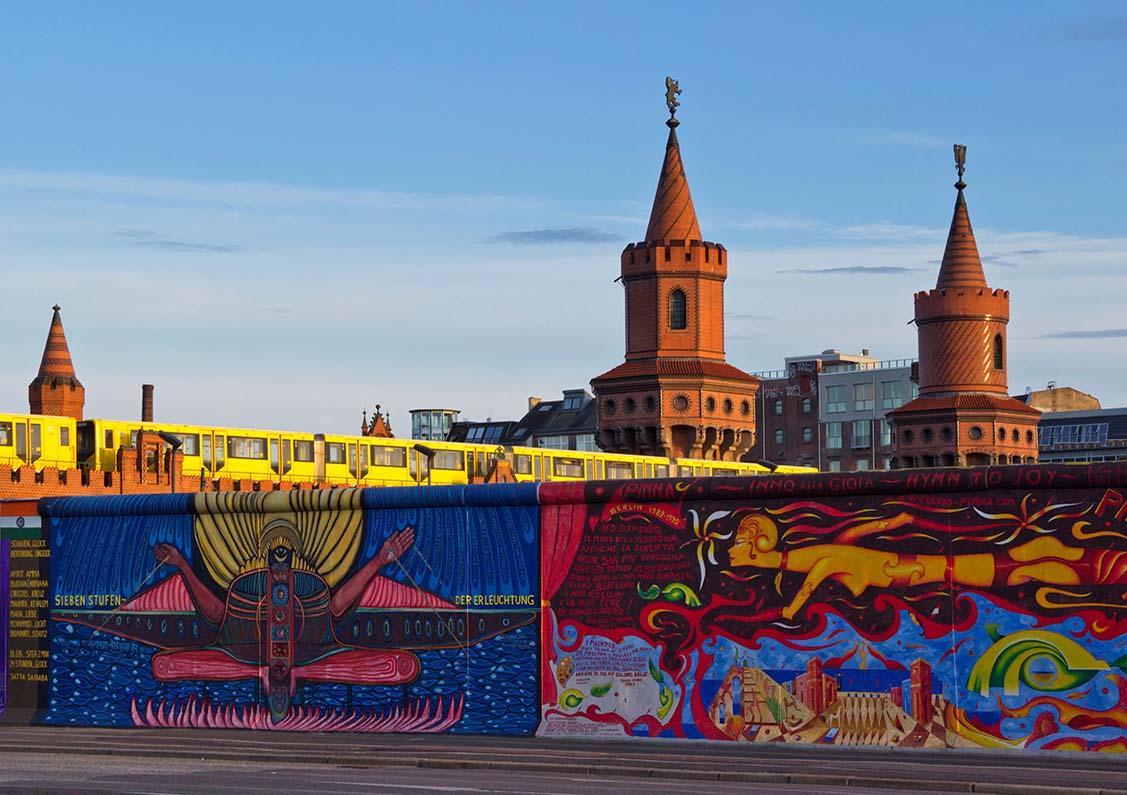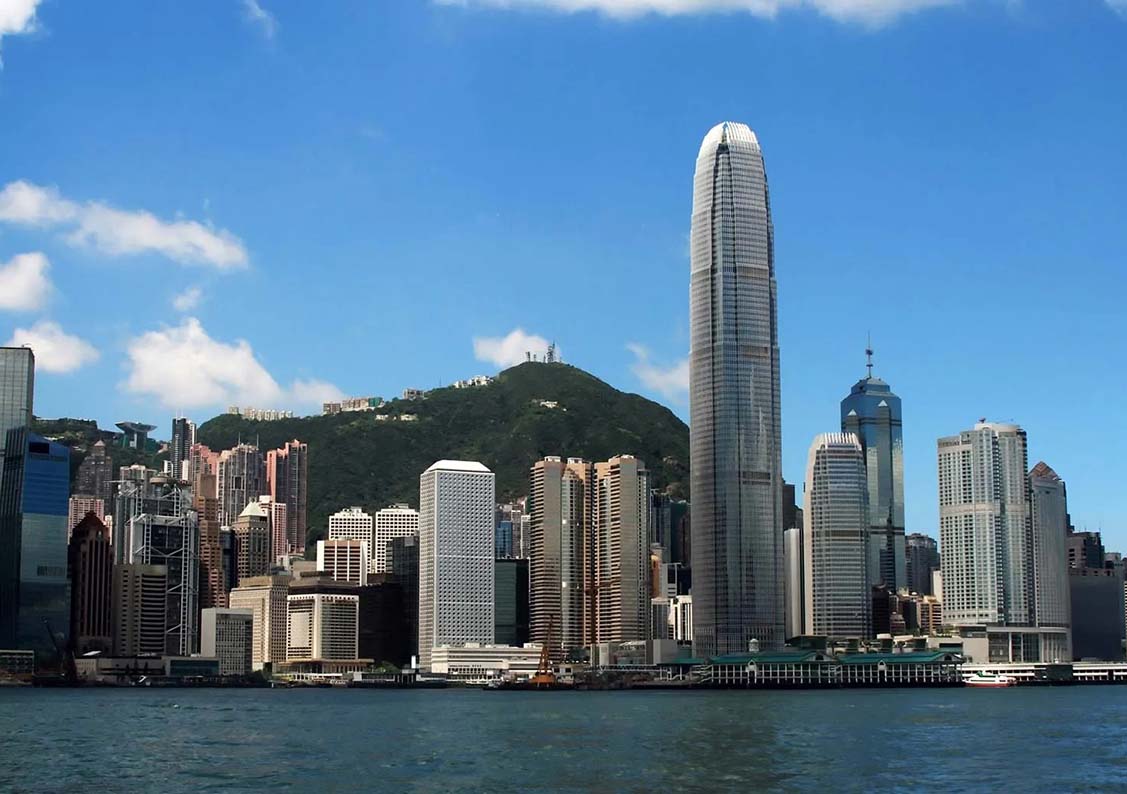Hamburg, the second-largest city in Germany, is located in the northern part of the country and is one of Germany’s most important port cities. As a city with a long history and rich cultural heritage, Hamburg offers a unique charm from the perspectives of history, culture, and modern development. It is not only a center of commerce and economy but also an important representative of German culture. Whether you are a history enthusiast or a modern city explorer, Hamburg provides a diverse and colorful travel experience. Let’s delve into this vibrant and fascinating city and uncover its essence.
1. A Journey Through Hamburg’s History
The history of Hamburg can be traced back to the 9th century, when it began as a fishing village and commercial hub. Over time, Hamburg grew to become one of Germany’s most important port cities. Its history is not only reflected in the evolution of the city itself but also in its role as a major trade center, which contributed to cultural influences that shaped the city. Hamburg was a member of the Hanseatic League and had the status of a free city, and this historical background endows the city with a unique urban culture and business spirit.
1.1 Hamburg Port – A Witness to History
Hamburg Port is one of the city’s most iconic historical landmarks. As one of the largest ports in the world, it not only witnessed Germany’s industrial glory but also represents the city’s trade connections with the rest of the world. Standing at Hamburg Port, you can feel the city’s open and inclusive spirit. Walking through the old warehouse district, many historic buildings have been well-preserved. These buildings are not only architectural representatives but also serve as a testament to the city’s history.
1.2 Old Town Hall (Rathaus) – The Intersection of Politics and History
The Old Town Hall in Hamburg, built in the late 19th century, is one of the city’s most iconic buildings. This majestic building is not only a symbol of political power but also a microcosm of Hamburg’s history. Here, visitors can see how the Hamburg city government operates and gain insights into the local historical and cultural background. The building’s architectural style blends Renaissance and Neo-Renaissance elements, exuding the charm of history.
1.3 Speicherstadt – The Charm of a UNESCO World Heritage Site
Speicherstadt, or the Warehouse District, is one of Hamburg’s most historically significant areas. In 1991, it was listed as a UNESCO World Heritage Site. Once the largest warehouse complex in the world, it stands as a symbol of Hamburg’s prosperity as a trade hub. The red-brick buildings and unique canal views of Speicherstadt give the area a rich historical atmosphere. Today, it is not only a popular tourist destination but also home to museums, exhibition spaces, and creative studios.
2. Hamburg’s Cultural Charms
Hamburg not only has a rich history but also boasts a deep cultural heritage. Whether it’s museums, art galleries, music, or theaters, Hamburg showcases its unique charm as a cultural city. The cultural atmosphere here retains tradition while embracing modern creativity and diversity.
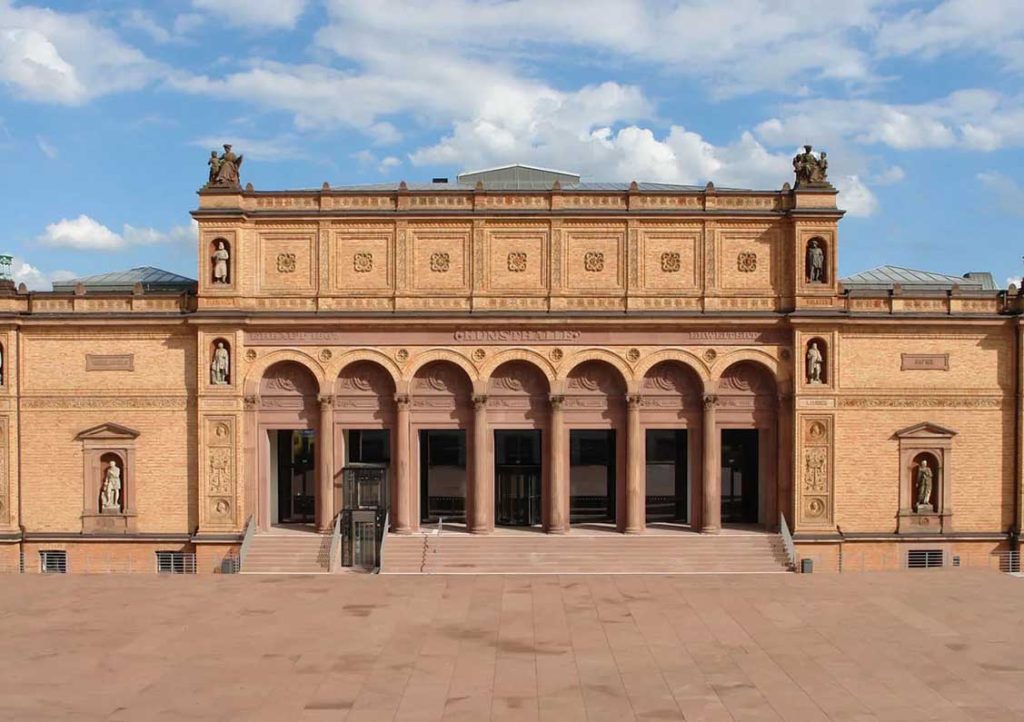
2.1 Hamburg Kunsthalle – A Paradise for Art Lovers
Hamburg Kunsthalle is one of Germany’s most important art museums, housing a vast collection of artworks from the medieval period to modern times. The museum’s exhibits cover various periods of German and European art, including works by famous artists such as Caspar David Friedrich and Max Liebermann. For culture enthusiasts, visiting the Kunsthalle offers a soul-stirring experience, allowing one to explore the history and evolution of German and European art.
2.2 Hamburg State Opera (Hamburger Staatsoper) – The Temple of Music
Since its opening in 1827, the Hamburg State Opera has remained the heart of the city’s cultural life. It is not only a venue for opera, ballet, and classical music performances but also a stage for world-class artists. Whether or not you are an opera lover, the Hamburg State Opera will immerse you in a captivating artistic atmosphere. If you have the opportunity to visit Hamburg, be sure to attend an opera or concert and experience the magic of music.
2.3 Hamburg’s Theater Culture – The Fusion of Tradition and Modernity
Hamburg’s theater culture is equally rich and diverse. In addition to the State Opera, the city is home to numerous theaters and performance venues, including Thalia Theater and Ernst Deutsch Theater. The city’s theater performances cover a wide range of genres, from traditional dramas to modern avant-garde productions, catering to diverse audience tastes. Here, you can experience the collision of traditional and contemporary art, and feel the vibrancy of Hamburg’s cultural scene.
3. Hamburg’s Modern Charm
Modern Hamburg is a city that blends innovation with tradition, and business with culture. In this city, you can find cutting-edge architectural designs, creative shops, stylish restaurants, and a lively nightlife scene.
3.1 Hamburg’s Modern Architecture – A Fusion of Innovation and Tradition
Hamburg’s modern architecture is not only awe-inspiring but also showcases the perfect combination of traditional and modern elements, making it an inspiration for architects worldwide. The most representative building is the Elbphilharmonie (Elbphilharmonie), designed by the renowned architecture firm Herzog & de Meuron. This building, known as the “Star of Music,” has a unique glass exterior and a wave-shaped roof, making it a symbol of modern architecture in Hamburg. The design was inspired by the ocean’s waves, and the roof curves gracefully. The glass facade reflects the surrounding views, making it resemble a shining gem. Located in the old warehouse district of Hamburg’s port, it blends the historical charm of the harbor with modern architectural style. From the observation deck, you can enjoy a magnificent view of the Hamburg Port and the entire city, experiencing how Hamburg balances innovation and tradition. Elbphilharmonie is not only a symbol of modern architecture but also a representation of the city’s modern cultural and artistic atmosphere.
3.2 Hamburg’s Fashion Shopping District – A Paradise for Shoppers
Hamburg is one of Germany’s fashion capitals, offering a wide variety of shopping options. The Alsterarkaden, located in the city center, is one of Hamburg’s most famous shopping areas. This district is home to top international luxury brands, such as Chanel, Louis Vuitton, and Gucci, catering to high-end consumers. In addition to luxury brands, Alsterarkaden also features numerous independent designer shops and boutique stores offering unique and creative products. Here, you can purchase world-class brands and discover one-of-a-kind fashion pieces. For those interested in fashion and trends, the Alsterarkaden is a must-visit in Hamburg. The area’s surrounding environment is elegant, and the scenic views of the lake further enhance the shopping experience, making it an unmissable fashion landmark in Hamburg.
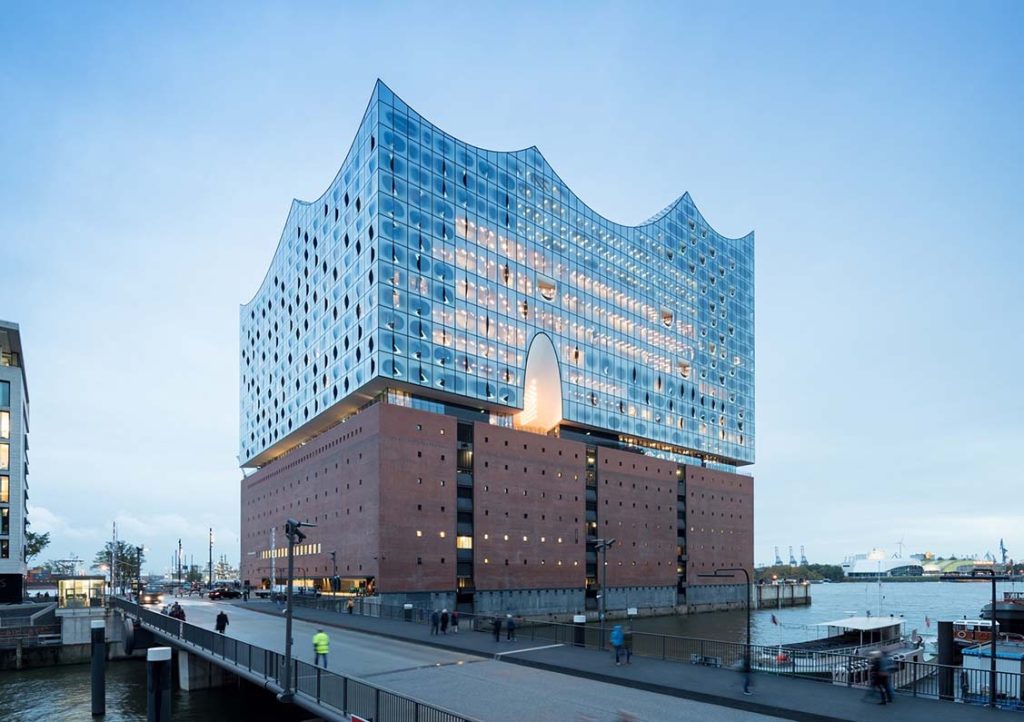
3.3 Hamburg’s Nightlife – A Vibrant Urban Charm
Hamburg’s nightlife is filled with a wide variety of options, making it a paradise for night owls. From bars and clubs to live music performances and cultural shows, Hamburg’s nights are always full of energy. Reeperbahn, the most famous nightlife street in Hamburg, has long attracted thousands of visitors and local young people. This area is rich in bars, nightclubs, and entertainment venues, and is particularly famous for its diverse cultural atmosphere. Whether you enjoy sipping drinks in a bar or want to participate in an exciting dance party, Reeperbahn has something for you. The area is also a hub for live music performances, where rock bands and DJs regularly perform, creating an electrifying atmosphere. In addition to bars and nightclubs, Reeperbahn also features numerous restaurants, theaters, and entertainment venues. The nightlife in this area is lively and creative, making it one of the best places to experience the vibrant urban charm of Hamburg.
4. Hamburg’s Cuisine
Not only is Hamburg rich in history, culture, and modern charm, but its food also delights visitors. Whether you prefer traditional German cuisine or wish to try international flavors, Hamburg has something to satisfy your palate.
4.1 Classic Hamburg Cuisine – Local Delicacies
A trip to Hamburg wouldn’t be complete without trying the famous Hamburger (hamburger), a dish made with beef, vegetables, and sauces. Originating from the port area of Hamburg, the hamburger quickly became popular around the world. In addition, Hamburg is also known for its pickled herring and smoked salmon. You can taste authentic seafood dishes at local markets or restaurants.
4.2 International Dining Culture – A Fusion of Global Flavors
As an international metropolis, Hamburg boasts a rich variety of dining options. From Arabic restaurants to Asian cuisines, from traditional European dishes to innovative cuisine, nearly all types of global food can be found in Hamburg. No matter what type of cuisine you prefer, Hamburg offers a culinary journey around the world.
Hamburg is a city that seamlessly blends history, culture, and modern charm. It is not only one of Germany’s most important ports but also a hub of culture and business. Whether you are a history lover, a fashion enthusiast, or a food lover, Hamburg offers a rich travel experience. We hope you’ll have a better understanding of this city. Why not come to Hamburg and experience its unique essence for yourself?
